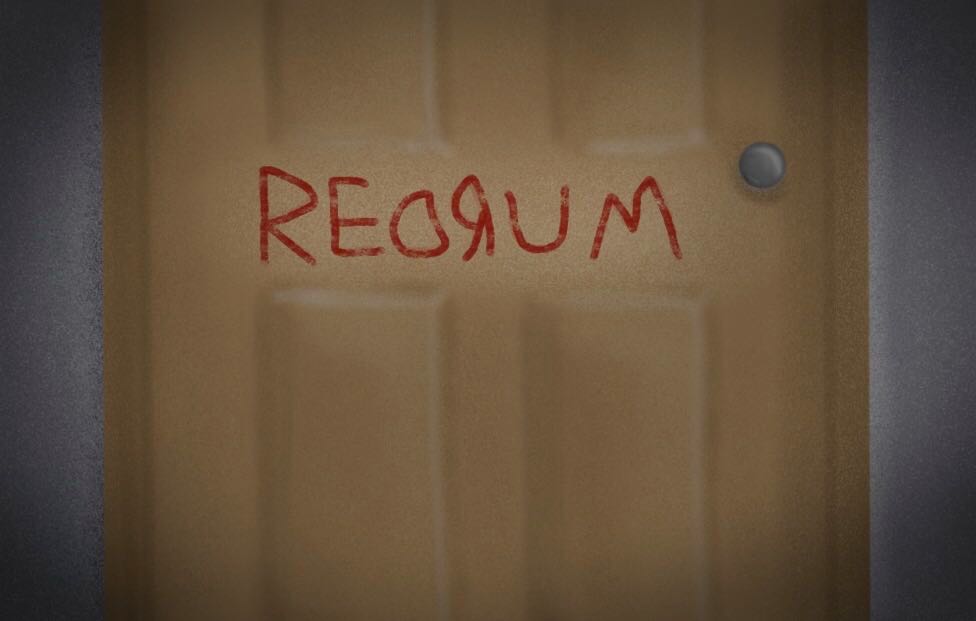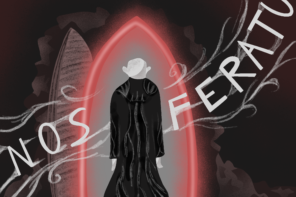Doctor Sleep is set to be released in Canada on November 8th, 2019. Based on Stephen King’s famous novel of the same name, it is a dark fantasy-thriller. It will also be the third movie based on Stephen King’s work released in 2019.
Pet Sematary received a Canadian release on April 5th, 2019, followed by IT Chapter Two, released in Canada on September 6th Doctor Sleep will be released only a month afterward. Why have so many Stephen King properties received an adaptation this year? Won’t the audience get tired of it?
The Stephen King renaissance began in 2017, with IT Chapter One. The movie grossed over $700 million USD worldwide, quickly becoming the sixth highest-grossing horror movie of all time and getting rave reviews.
The people and the critics enjoyed it, praising the movie both as a coming-of-age story and as a horrifying tale. Emily Yoshida in Vulture stated: “I found myself pleasantly gripped by at least three sequences so alarming that by the time they were over I found I had involuntarily moved quite literally to the edge of my seat”.
I agree with her completely. With the diverse child cast, each character having their own unique fear, IT had something for everyone to be afraid of. The same can not be said for some of the newer Stephen King releases.
Pet Sematary was, in some ways, similar to IT. It received a film adaptation in the late eighties, and both the novel and the film had built up a small cult following. Unfortunately, the 2019 film failed to garner the same attention given to IT Chapter One. Pet Sematary (2019) was largely ignored, only grossing $112 million worldwide in the months since its release. Aside from a couple of ads, I didn’t really hear much about it. The movie received mixed reviews, with some saying it was far too slow and lacking in truly disturbing content. One of the kinder reviews came from Empire Online, with Chris Hewitt calling it “a decent, if inessential, take on one of Stephen King’s best novels.”
Continuing the downward spiral, IT Chapter Two received some rather negative reviews. Even though it drew in $450 million in the box office, most who have seen it were not pleased. The focus on the drama between the characters, and the disproportionate amount of comedy in this “scary” movie resulted in a disappointed audience. Critics reflected the audience’s dissatisfaction, with Mid-Day’s John Thomas calling the film a “severe let down” and Rohit Vats from News 18 calling it “another example of how filmmakers lose grip on the story in the sequel”.
Almost everyone agreed that the second chapter was not as good as the first. I saw it with a friend, and we agreed that IT Chapter One was a scarier and better movie. It was a shame that so much potential was wasted, but not a surprise.
So, what does this mean for Doctor Sleep?
Well, the precedent is not great. Doctor Sleep is a sequel to King’s famous novel The Shining, a beloved horror classic. Its trailers emphasize that it is a sequel to The Shining, rather than focusing on the story being told. Why focus on that fact? Will that really benefit the movie, or will it set a high expectation that Doctor Sleep can never live up to?
Ultimately, all of this reflects problems plaguing all of Hollywood: a dry spell of new ideas, and a reliance on gimmicks. With online streaming services, like Netflix and Shudder, cornering most of the indie horror market, Hollywood is grasping at straws with remakes of recognizable properties to draw people to the theatres. As much as I hope Doctor Sleep will be good, I have my doubts. Hopefully, poor reviews and a dwindling audience will encourage theatre executives to stop this relentless march of exhaustingly similar content, and search for some newer ideas.








